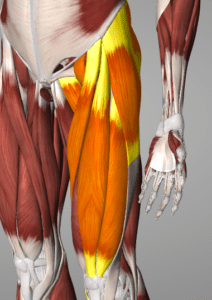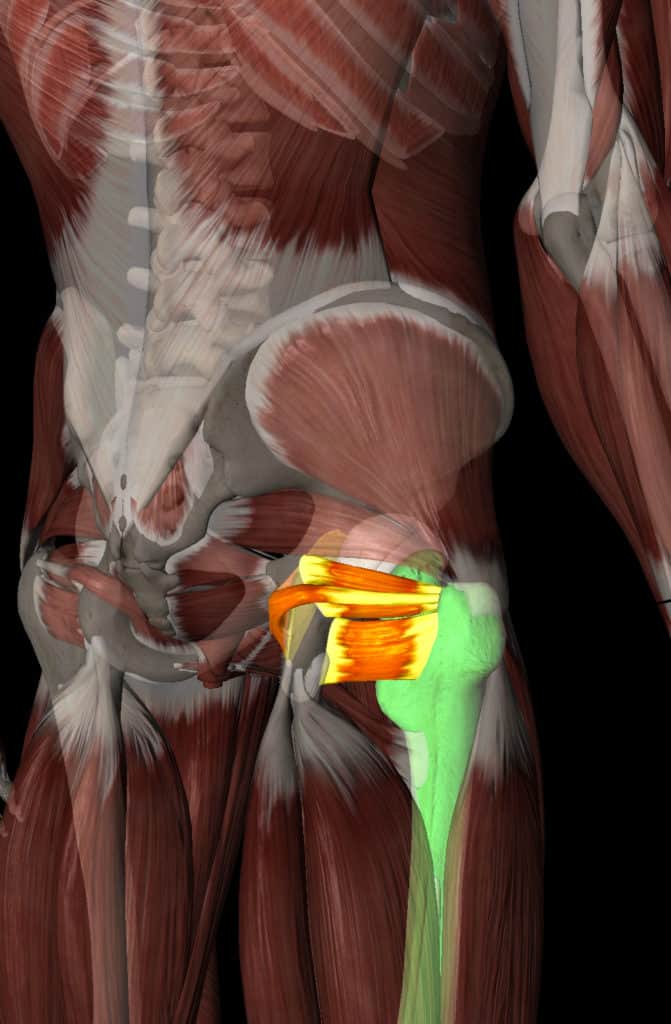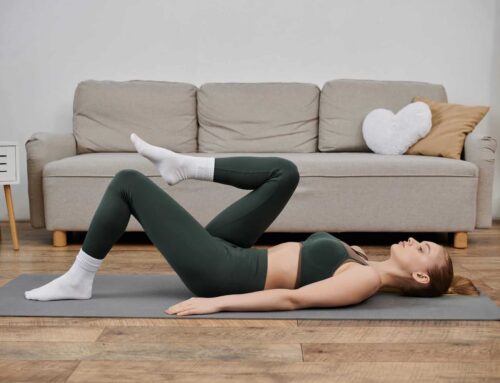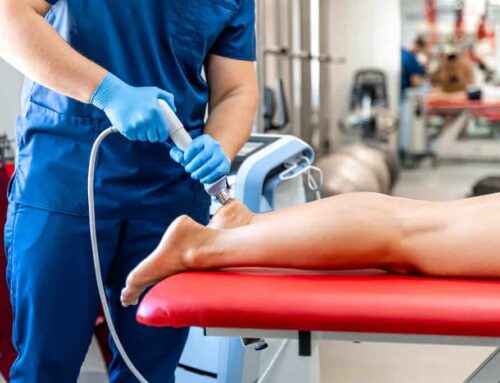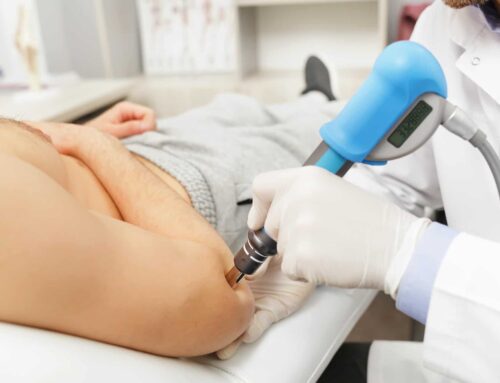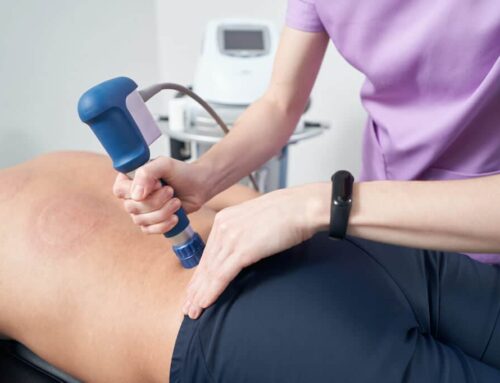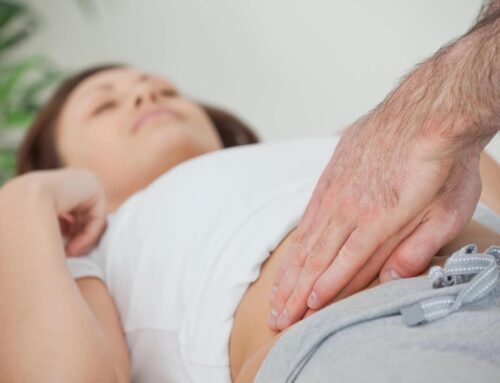The reason why hip pain should be concerning is because it’s typically not occurring alone. Hip pain keeps “knee pain” and “low back pain” as close friends, and occasionally “ankle and foot pain” as well. You might think of them as “the pain gang” with the “hip pain” as their ruthless leader. Much like a gangster might, the hip makes all the other parts of your body do the “dirty work” – meaning that your knees, back, and ankle have to pick up the slack when the hip isn’t doing it’s job properly. In this overview, we’ll quickly break down exactly how the hip causes issues at all these other locations, and what you can do about it.
You might be thinking to yourself – “but I only feel it in my hip!” But what that typically means is that your hip is the most painful issue right now, and you occasionally have low back discomfort, or aches and pains in your knees or ankles that you’ve been ignoring because it’s “normal aches.” If you’re not quite there yet, then it may just be a matter of time if you don’t get the hip pain figured out.
The Hip and The Knee and The Foot Relationship
The hip controls a bone called your femur – your “thigh bone” (it’s highlighted in green below). The hip has a group of muscles that are supposed to keep it sitting firmly in the socket. Nope, not your glutes. Your glutes are for MOVING the leg. The ones I’m talking about stabilize the joint so that you can move well. A patient of ours calls these the “GO” muscles, because they’re your Gemellus and Obturator (highlighted in orange below). Without them you can’t really “GO” far, because your hip is constantly over-worked.
If these muscles are not working properly, they allow your femur to rotate towards the other leg. In other words, the front spins towards your midline. This causes your knee to bend inwards as well. When the knee bends inwards it causes your arch to collapse in your foot. So far we’ve got several injuries that this causes.
At the hip, the rotation can cause bursitis, or a piriformis issue, which can contribute to sciatica. It can also cause labral degeneration and eventually osteoarthritis.
At the knee, the medial collapse can cause an MCL strain, meniscus irritation, patellofemoral pain, or IT-Band “tightness.”
At the foot, the pronation can cause posterior tibialis tendonitis (medial ankle pain), plantar fasciitis, or foot/ankle conditions.
If the hip is unstable in the joint, the gluteus medius is also typically not firing, which means your pelvis drops to one side when you walk, or you lean to one side. This directly contributes to back pain with the sources of pain ranging from nerve issues, to disc issues, to compression between the joints.
All of these effects are just with WALKING. Add anything challenging to the mix, like hiking, running, jumping, or lifting weights and you’ve got a recipe for disaster.
What Can You Do About It?
The reality is that the longer you wait, the worse it will get and the more injuries you will have. As you can see, there is a lot of room for error when treating pain. If you focus on anything that is not the root cause, you will only feel better for a little while.
That is why you must seek help from an expert. Correct diagnostic exams to determine the actual source of your pain is a must. The plan to correct the dysfunction is also not so simple. This is why clinics that use aides or techs to deliver treatment will typically have poor results.
If you’re serious about getting your hip pain (and other pains) addressed, you need 1-on-1 care with an expert. Your next step would be to call us, or fill out an inquiry form to ask about availability at our clinic. You can do so by clicking the button below and filling out the form on the next page.
Images: Essential Anatomy 5.0.5


